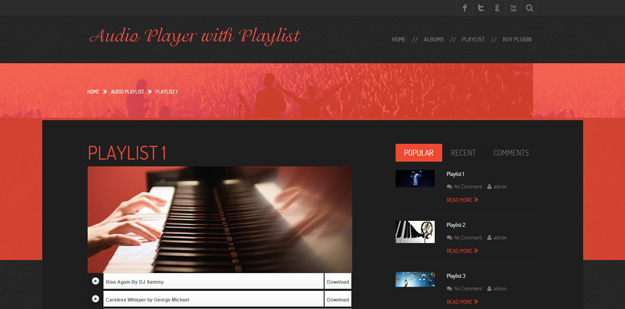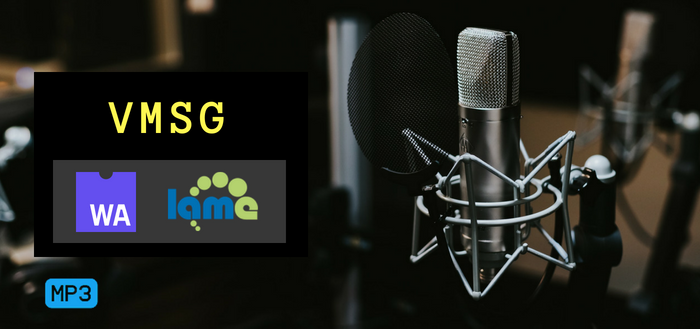

GetUserMedia() has been supported since Chrome 21, Opera 18, and Firefox 17. It provides the means to access the user's local camera/microphone stream. GetUserMedia() is related to WebRTC because it's the gateway into that set of APIs. Google, Opera, Mozilla, and a few others have implementations. That spec is overseen by the W3C WebRTC Working Group. The pace to find a suitable capture API accelerated thanks to the larger (Web Real Time Communications) effort. The element eventually went the way of the Dodo. One less API to worry about I guess :) did have two great things going for it though: 1.) it was semantic, and 2.) it was easily extendible to support more than just audio/video devices. Unfortunately, no released browser ever included. Later that year, Microsoft joined the party by releasing a Lab for IE9 supporting the new spec.ĭocument. A week later, Opera put out new builds that included support for the updated getUserMedia() spec. Soon after ( the same day to be precise), the WhatWG decided to scrap the tag in favor of another up and comer, this time a JavaScript API called navigator.getUserMedia(). Opera was among the first browsers to create initial implementations of video capture based on the element. Not surprisingly, the design called for a new element, the element, which became the predecessor to getUserMedia(). Many thought HTML Media Capture was too limiting, so a new spec emerged that supported any type of (future) device. iOS6 Safari and Chrome (partial support) Round 2: device element #.Check out this video to see it in action.
Html5 audio recording android#
Android 3.0 browser - one of the first implementations.HTML Media Capture only allows you to record a media file or take a snapshot in time. render live webcam data to a and apply WebGL filters). Where this particular "API" falls short is the ability to do realtime effects (e.g. Kinda nice right? I particularly like that it reuses a file input. If you wanted to let users take a snapshot of themselves with the webcam, that's possible with capture=camera: It works by overloading the and adding new values for the accept parameter. HTML Media Capture was the DAP's first go at standardizing media capture on the web. I'll try to summarize what happened in 2011… Round 1: HTML Media Capture # Their sole purpose? Make sense of the madness! The Device APIs Policy (DAP) Working Group has been tasked to consolidate + standardize the plethora of proposals. Things got so messy that the W3C finally decided to form a working group. Many folks recognized the need to be able to access native devices on the web, but that led everyone and their mom to put together a new spec. Several variants of "Media Capture APIs" have evolved over the past few years.

If you're not aware of its history, the way we arrived at the getUserMedia() API is an interesting tale. This tutorial introduces a new API,, which allows web apps to access a user's camera and microphone. These features are ridiculously powerful, exposing high level JavaScript APIs that sit on top of the system's underlying hardware capabilities. Geolocation (GPS), the Orientation API (accelerometer), WebGL (GPU), and the Web Audio API (audio hardware) are perfect examples. It might not be apparent, but the rise of HTML5 has brought a surge of access to device hardware. For many years we've had to rely on browser plugins ( Flash or Silverlight) to get the job done.


 0 kommentar(er)
0 kommentar(er)
